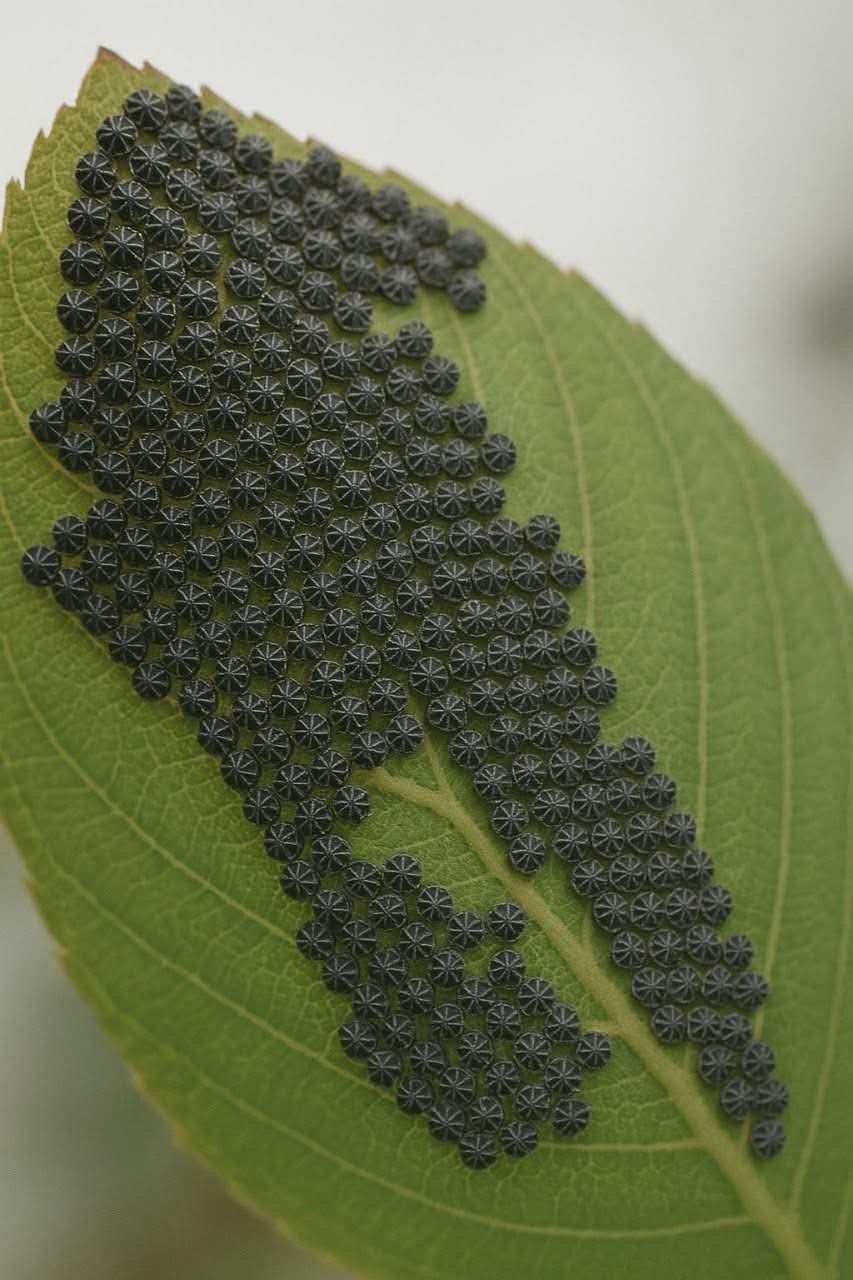Witnessing Nature’s Quiet Masterpiece: The Mourning Cloak Butterfly Eggs
If you’re a gardener or nature lover, chances are you’ve noticed curious, tiny clusters on the twigs of your trees in early spring. Maybe they caught your eye with their strange symmetry, like miniature sci-fi sculptures hidden in plain sight. Before you reach out to poke or remove them — stop! You may be looking at the eggs of the **Mourning Cloak butterfly** (*Nymphalis antiopa*), a fascinating native species whose survival depends on your gentle curiosity.
The Mourning Cloak is one of the very first butterflies to appear each spring — sometimes emerging even before the last snow melts. With their dark maroon wings trimmed in pale yellow and dotted with shimmering blue spots, they’re a unique sight.
🔍 Key Characteristics of the Egg Clusters
The eggs of this unique species are even more intriguing than the butterfly itself:
- **Formation/Shape:** Laid in circular rings around twigs and stems.
- **Size and Detail:** Each egg is only the size of a pinhead and features seven distinct white ridges, making it look like a miniature starburst.
- **Color Changes:** Fresh eggs appear pale green or amber yellow, gradually darkening to black as the caterpillars grow inside.
- **Host Trees:** These clusters are commonly found on the following host plants:
- Willows
- Elms
- Poplars
- Birch
🌱 Why You Should Never Touch Them (Ecological Benefits)
Though they may look strange, Mourning Cloak eggs are a vital part of the ecosystem. Here’s why they are beneficial and should be left alone:
| Reason to Protect | Benefit to Nature |
|---|---|
| **Fragility** | Even light contact can damage the outer shell and kill the developing caterpillar. |
| **Disruption** | Touching them can dislodge eggs or make them easier prey for ants and birds. |
| **Ecosystem Balance** | The butterflies contribute to pollination and serve as food for other species. Removing them disrupts natural biodiversity. |
🦋 The Incredible Life Cycle
Understanding their development shows just how special these little “alien eggs” are. This is the timeline for the **formation** of the adult butterfly:
- **Egg Stage (0–2 weeks):** Eggs are laid in tight rings on branches and hatch after about 10–15 days.
- **Larval Stage (Caterpillar):** The black caterpillars with red spots feed in groups — a rare butterfly behavior that offers them protection.
- **Pupal Stage (Chrysalis):** Once mature, caterpillars form camouflaged chrysalises that resemble curled leaves.
- **Adult Stage:** After about 2 weeks, the adult butterfly emerges. It may live up to 10 months — **among the longest of all North American butterflies.**
💚 Final Conclusion: A Friend in Disguise
Mourning Cloaks aren’t showy flower hoppers. They feed on tree sap, rotting fruit, and animal dung. These behaviors make them important **recyclers** in forest ecosystems. And since they hibernate during winter, they’re one of the few butterflies you might spot even in the chill of early spring—making them **Early Spring Lovers** and **Nature Enthusiast Lovers** favorites.
Protect the Alien Art on Your Trees: It’s easy to assume something unfamiliar is a pest — but in this case, it’s a miracle in progress. If you spot clusters of ridged, geometric dots on a twig, don’t swat, scrape, or spray.
Instead:
- **Observe quietly**
- **Take a photo**
- **Let nature do its thing**
